Meta Cuts AI Workforce, Tian Yuandong's Departure Fuels Silicon Valley Talent Scramble
![]() 10/31 2025
10/31 2025
![]() 415
415
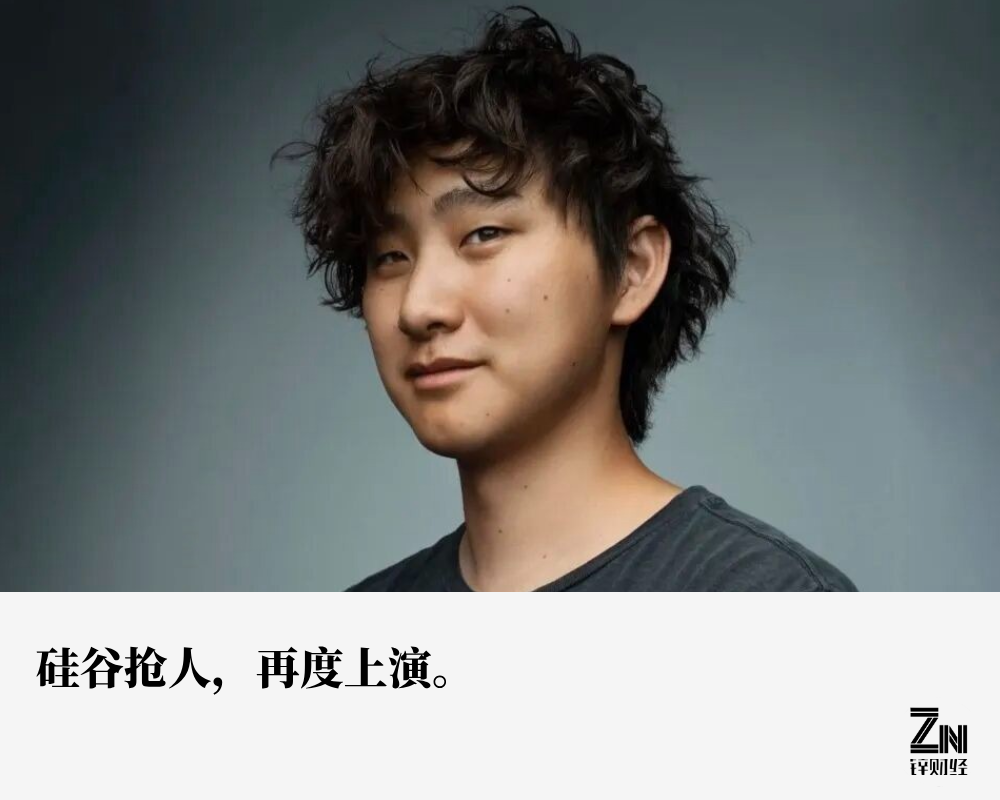
Author: Chuan Chuan
Editor: Da Feng
On October 22 (local time), Meta CEO Mark Zuckerberg greenlit plans to trim approximately 600 staff from the company's AI division.
This move represents Meta's most significant AI-sector workforce reduction this year, primarily targeting its core R&D unit, the Meta Superintelligence Lab (MSL).
Chief AI Officer Wang Tao clarified in an internal memo: "Streamlining teams reduces decision-making layers, empowering each member with greater responsibility and operational scope."
Dubbed internally as "strategic realignment," this adjustment addresses departmental bloat, though the scale of layoffs caught industry observers off guard.
01 Where the Layoff Axe Falls
The cuts predominantly impact MSL employees working in AI infrastructure, Fundamental AI Research (FAIR), and product-related roles. Notably, top AI talent recruited this summer—particularly from TBD Lab—remains unaffected.
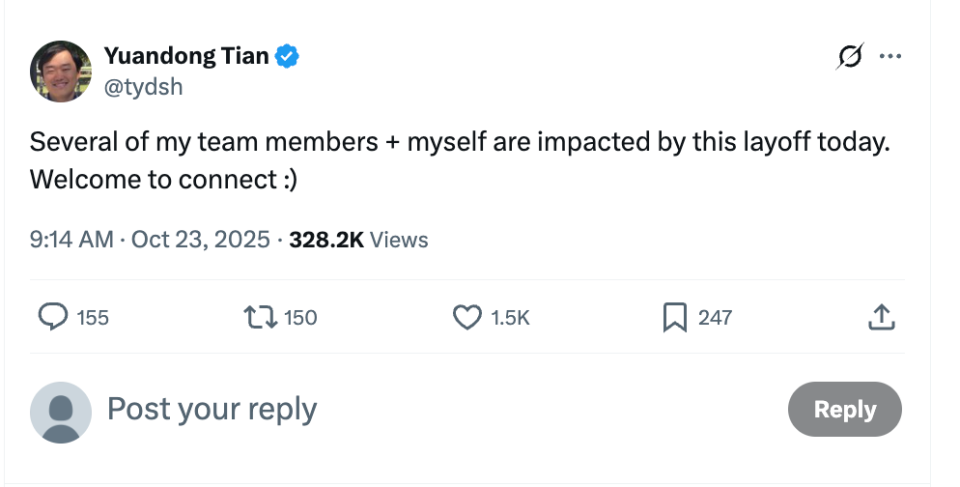
This "prioritize new hires, phase out veterans" approach reveals Zuckerberg's preference for expensive recently recruited experts over existing staff. Sources indicate Wang Tao's newly formed talent teams escaped cuts, while long-serving FAIR researchers faced significant reductions.
Senior researcher Tian Yuandong confirmed on social platform X: "My team and I were affected today." As former head of Meta's FAIR team, Tian represented a key scientific pillar of MSL. His exit marks the departure of one of Meta's most academically influential AI scientists.
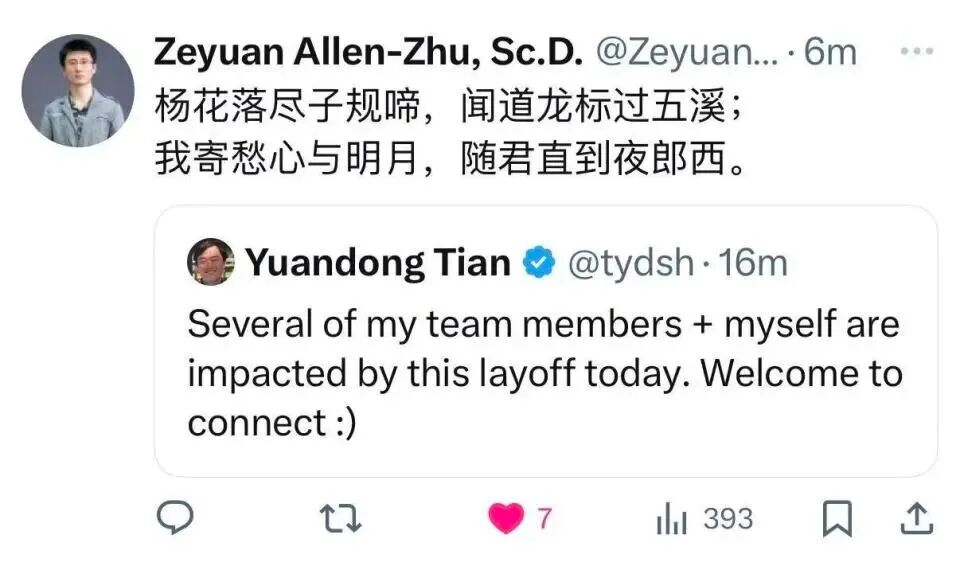
Tian told The Paper that Meta offered eight months' salary as compensation. While generous, this package underscores Meta's urgency to streamline operations.
Meanwhile, Meta Chief AI Scientist Yann LeCun posted a photo with Andrew Ng on layoff day, distancing himself from the Llama 4 project. He clarified that since early 2023, Llama 2, 3, and 4 development has been led by TBD Lab, with his only indirect involvement being Llama-1's open-source promotion. This statement signals major internal research realignment.
02 The AI Strategy Debate Behind Restructuring
These layoffs reflect Meta's strategic AI pivot rather than isolated cost-cutting. HR consultant Brian Driscoll noted the cuts "weren't performance-based" but rather a "strategic realignment to satisfy shareholders," mirroring AI research's shift toward rapid development and deployment.
University of Tennessee lecturer Alex Beirn observed that targeting "legacy research teams" stems from industry trends where "research yields to rapid development." At Meta, teams compete for GPU access, with bloated departments being consolidated around leaner, denser talent pools.
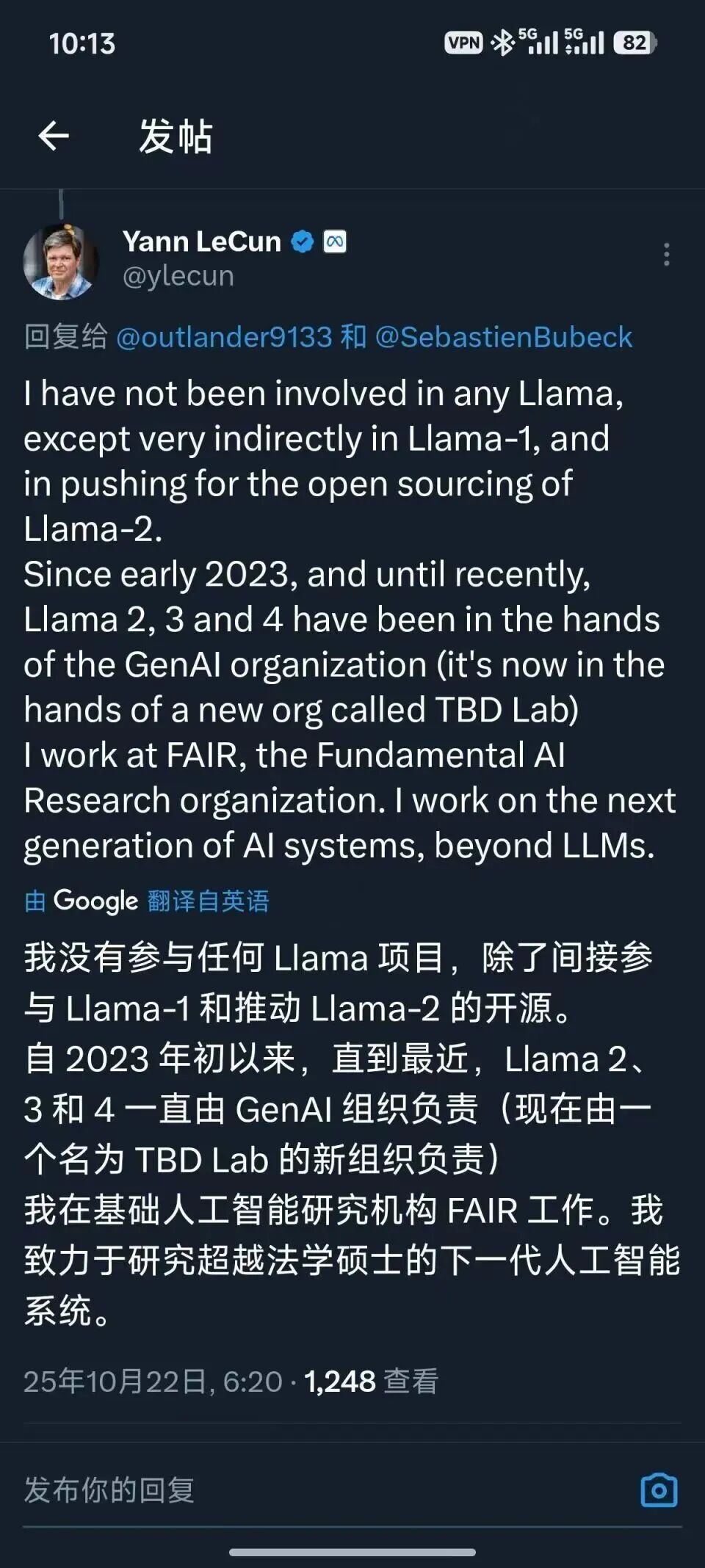
Zuckerberg's "frustration" with market reactions to Llama 4 spurred summer's massive restructuring. Meta invested $14.3 billion in Scale AI and recruited Wang Tao as Chief AI Officer. The new MSL, co-led by Wang and former GitHub CEO Nat Friedman, marks a research focus shift.
Despite layoffs, Meta continues investing billions in infrastructure and talent. The company projects 2025 expenditures between $114-118 billion, with AI plans driving "higher 2026 spending growth than 2025's." This "selective investment" strategy shows Meta's unwavering AI commitment.
For displaced employees, Meta offers transition arrangements. Some face November 21 termination dates with "non-working notice periods." The company provides 16 weeks' base severance plus two weeks' pay per full service year, along with dedicated "recruitment strike teams" for internal repositioning.
03 Talent War and Silicon Valley's New Hiring Trends
After Meta's announcement, MSL-affected employees became instant targets for rivals and startups, highlighting Silicon Valley's AI talent supply-demand gap.
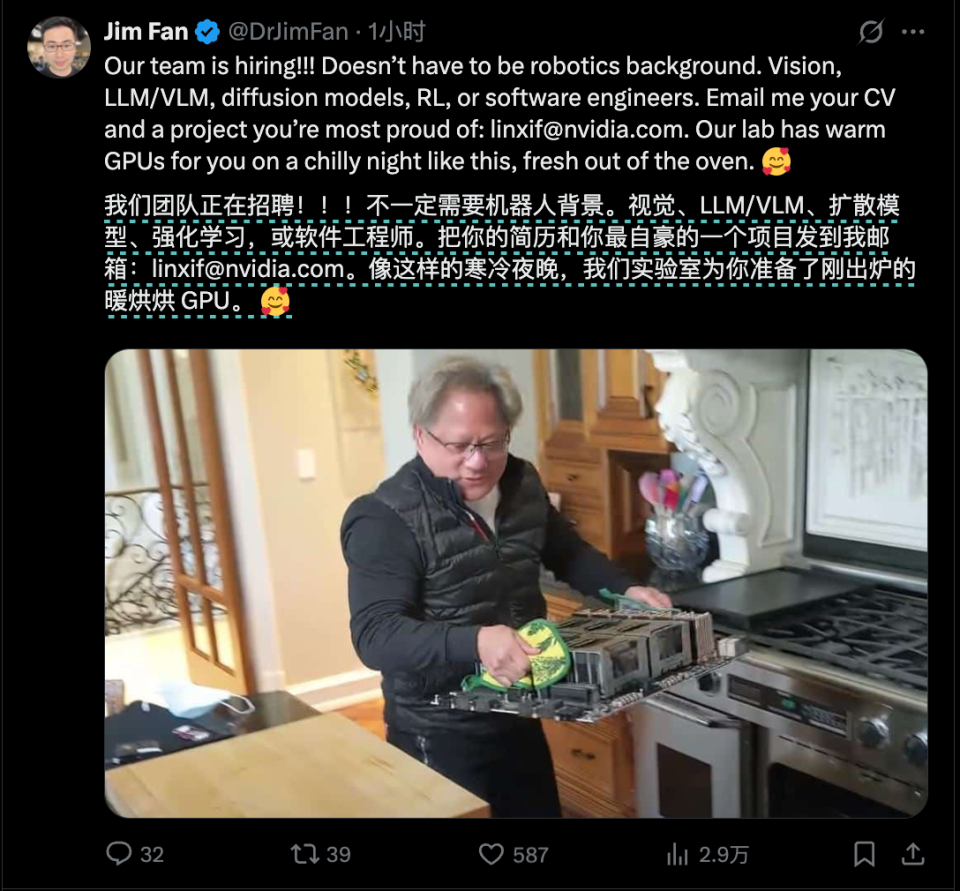
NVIDIA Senior AI Research Scientist Fan Linxi publicly recruited, noting "our lab has warm high-performance GPUs ready in this 'winter'." This compute-power lure reflects fierce AI talent competition.
After Tian's departure announcement, OpenAI, XAI, Anthropic, and others extended offers. Such public recruitment, rare in traditional tech layoffs, underscores top AI researchers' scarcity and value.
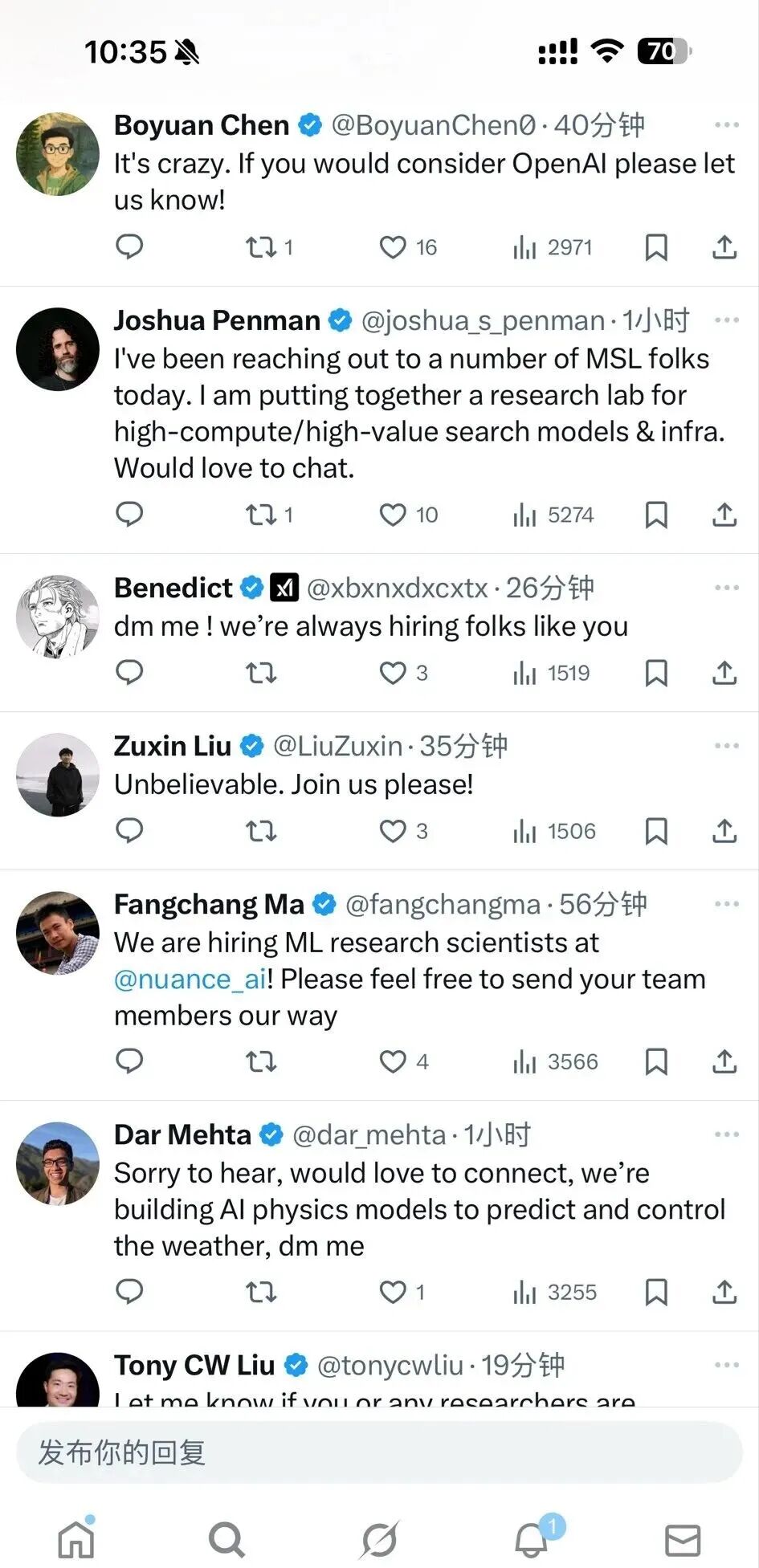
London Business School lecturer Rebecca Holmes views Meta's move as a "structural shift" to consolidate dispersed business units after initial AI exploration. This restructuring mirrors Silicon Valley's broader pivot from massive investments to lean operations.
Current hiring trends show clear shifts: companies favor "full-stack" talent who rapidly commercialize research over pure researchers. Firms with large GPU clusters gain competitive edges, as compute resources become key recruitment assets.
Wang Tao emphasized in his memo: "This adjustment doesn't mean reduced investment. We'll keep recruiting top AI-native talent." Yet when Tian's colleague Zhu Zeyuan posted Tang poetry expressing regret ("I entrust my sorrow to the moon, following you to Nightland"), the AI research community felt the era's poignant transition.
Meta's layoffs reflect broader AI industry dilemmas: under capital market pressure, pure research ideals yield to commercial realities. In this transformation, the most innovative minds often face "optimization" first, revealing deep contradictions in current AI development.








